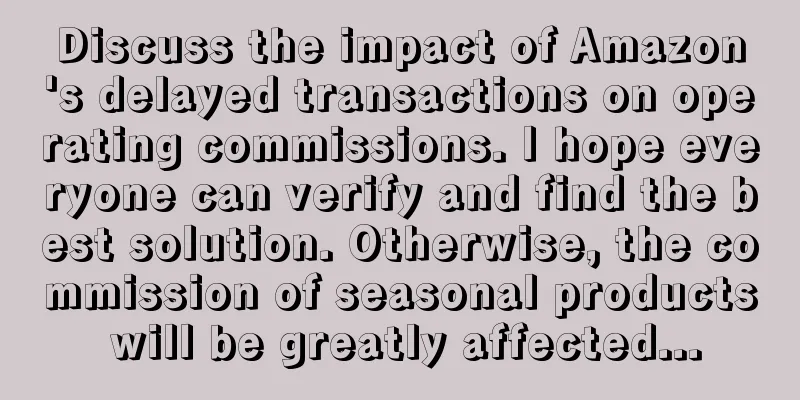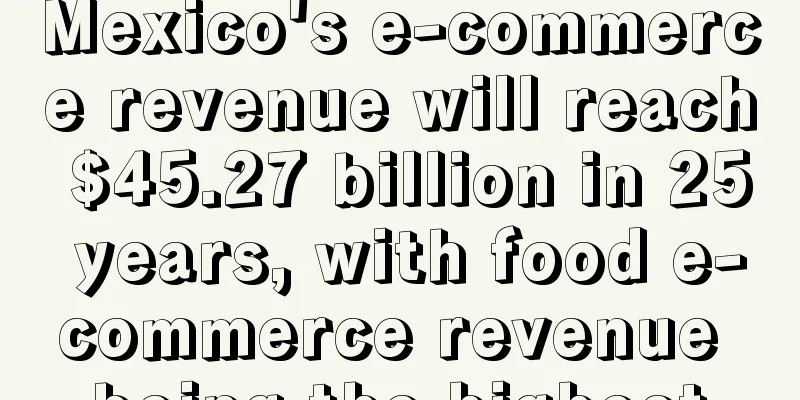US e-commerce sales rose in July! Demand for some categories fluctuated greatly

|
It is learned that according to data from MasterCard Spending Pulse, US retail spending improved in July, with e-commerce sales increasing significantly driven by Prime Day and other promotional activities.
Data showed that U.S. e-commerce sales increased 11.7% year-on-year in July, a sharp increase after several months of weak growth. At the same time, in-store sales remained high, up 11.1% year-on-year and 13.9% compared to before the epidemic in 2019.
Total U.S. retail sales rose 9% year-over-year. The report noted that July’s spending growth exceeded the monthly year-over-year growth so far in 2022, with both demand and price increases contributing factors.
The report shows that as consumers continued to spend in July, the impact of inflation varied by industry. For example, in the grocery industry, sales increased by 16.8% in July, mainly due to rising food prices. On the other hand, clothing (up 16.6%) and jewelry (up 18.6%) sales achieved strong year-on-year growth driven by demand, far exceeding inflation in specific industries.
Other highlights from the MasterSpending Pulse July report include:
• E-commerce sales climb amid promotions. U.S. e-commerce sales posted their first month of double-digit sales growth since December, at 11.7%, in July. (Compared with July 2019, sales were up 98.5%, or nearly double.) While online sales have been picking up since early June, major promotions in July, including Amazon’s Prime Day , helped entice shoppers to splurge (and save) on deals online.
• Fuel and convenience spending remained high, up 32.3% year-over-year. But the rate of increase was lower compared to June – reflecting lower prices at the pump.
• Cooling housing market slows sales of home-related goods. After heating up during the pandemic, the U.S. housing market has cooled significantly since the beginning of 2022, affecting consumer spending on home-related goods.
Sales growth has slowed in the home improvement (up 2.9% in July) and furniture and furnishings industries (up 5.0%).
•Department store sales increased 14% year-on-year in July.
The latest retail trends highlight that consumers are seeking affordable goods and shopping across channels. As retailers grapple with excess inventory and supply chain constraints, promotions will likely continue to be a key strategy for retailers in July.
Editor✎ Ashley/ Disclaimer: This article is copyrighted and may not be reproduced without permission. |
<<: What changes have taken place in Americans’ consumption behavior under high inflation?
>>: Inflation is high, but US e-commerce is growing instead of decreasing! Who is buying?
Recommend
What is a VPS (Virtual Private Server)? VPS (Virtual Private Server) Review
VPS (Virtual Private Server) technology refers to ...
What is Ant Store Manager (MAEE)? Ant Store Manager (MAEE) Review
MAEE is a SaaS system that provides one-stop servi...
Musk begs wrongly fired employee to return to work! Employee: I will never trust you again!
According to Bloomberg, after Musk ordered a large...
Amazon enters five emerging markets! The next profit growth point?
A document leaked from Amazon recently revealed it...
What is CekAja? CekAja Review
CekAja is an Indonesian financial technology start...
What is Whalet? Whalet Review
Whalet (Chongqing Whalet Technology Co., Ltd.) mai...
What are Amazon reviews? Amazon reviews
Amazon reviews refer to the comprehensive and auth...
What is the UKIPO? UKIPO Review
The United Kingdom Intellectual Property Office (U...
What is Lazada? Lazada Review
Lazada is the largest online shopping mall in Sout...
What is the customs supervision method "market procurement" (code: 1039)? Customs supervision method "market procurement" (code: 1039) evaluation
Market procurement trade refers to a trade mode in...
What is Amazon Private Label? Amazon Private Label Review
Amazon's own brand does not mean that sellers ...
Revealed! New directions of Amazon's popular categories that you don't know about!
text Amazon’s popular categories and niche produc...
The epidemic has not accelerated the development of e-commerce in the United States? Amazon's market share is the same as expected before the epidemic
It is learned that according to Marketplace Pulse ...
What is Peak Labs? Peak Labs Review
Peak Labs is a platform that integrates mobile ord...
What is Amazon’s Tax Free Program? Amazon’s Tax Free Program Review
Amazon implements the Tax Exemption Program (ATEP)...









